Josh Duzan: Student Report from 2019 Alternative Summer Break to Thailand
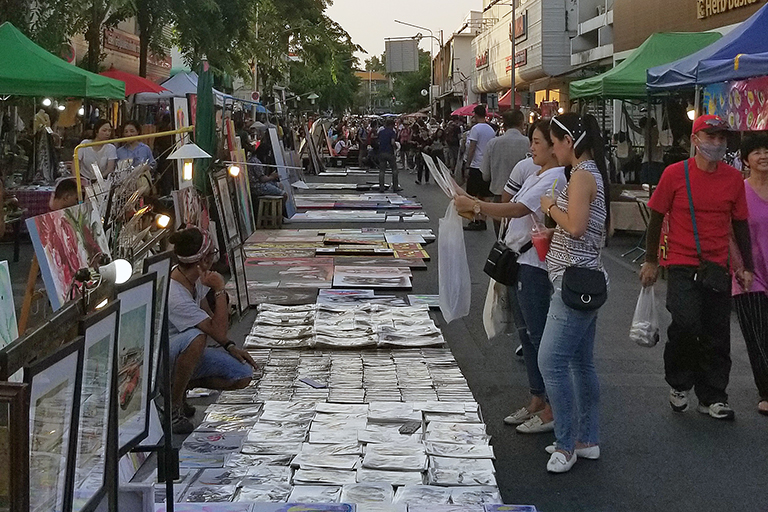
Perhaps the most obvious difference between the daily life of an American citizen and a Thai citizen is what types of food each is eating. The very first morning of the trip, I was greeted with what seemed like an endless amount of rice. There were scrambled eggs on top of rice, a sausage and bacon dish on top of rice, and, of course, a dessert made of primarily rice. I don’t have anything against rice. In fact, I eat it two or three times a week already. However, I was not really expecting it to be included with nearly every meal. It does make perfect sense that the Thai diet incorporates a lot of rice in their dishes because Thailand is the world’s second largest rice exporter.
Another difference I observed is the manner of dress. The clothing of the Thai people varied greatly, depending on the locations where our tour guides brought us. In the middle of Chiang Mai, the clothing of the people resembled the clothing of the United States. Many people were wearing t-shirts and shorts, usually with sandals. The clothing style was simple and relaxed. The only real difference in the clothing of the people in the city was a lack of professional looking clothes such as suits and dresses. For such a large city, this was slightly surprising. However, Chiang Mai is much more of a cultural city than an industrial city, so the lack of dress clothing does make more sense.
In the temples, the clothing of the people was very different from the clothing in the United States. Since one of the rules is to cover up most of your body while visiting the Buddhist temples, the clothing at those locations was much more reserved. Additionally, since we were at Buddhist temples, Buddhist monks were also present. The monks’ attire was just a simple long robe that covered up the majority of their body. One other difference in the temples was the lack of shoes. Like the clothing restrictions, shoes were not permitted in the Buddhist temples. Such clothing restrictions are not found in public spaces in the United States. We can wear whatever we want, but in Thai Buddhist temples, this is not the case.
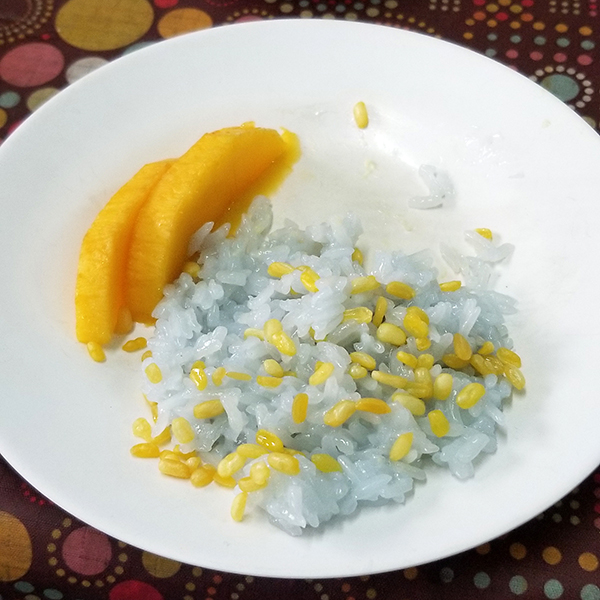
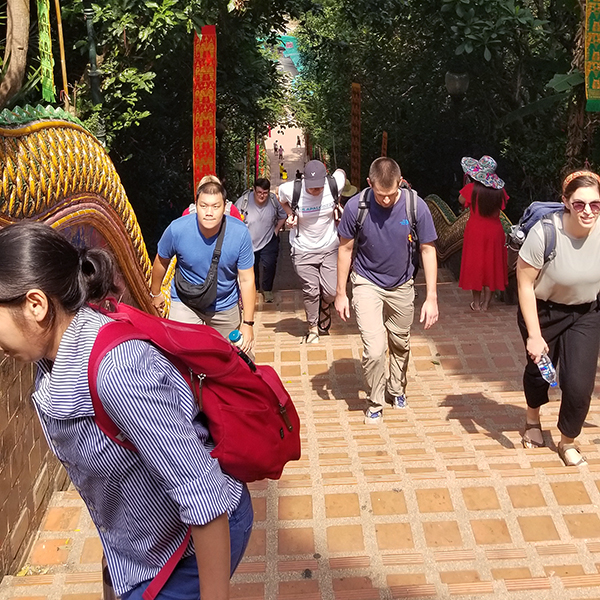
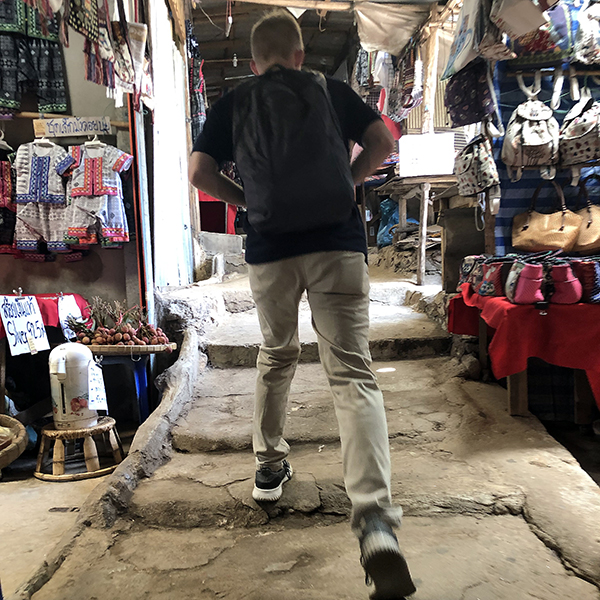
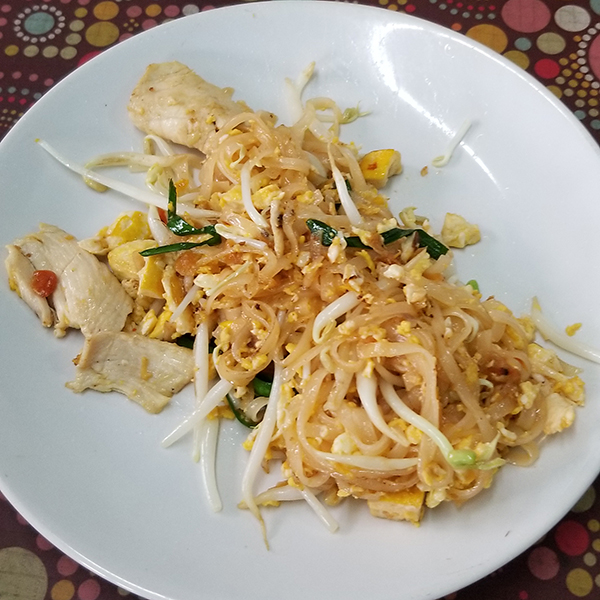
As I said before, Chiang Mai is focused more on culture than industry. Because of this, the work that the residents do varies greatly from the average worker in the United States. Many jobs in Chiang Mai are focused on art and craftsmanship. At the night market, everyone laid out the stuff they make and offered it for sale to the public. There were many paintings, each with their own unique style. There were all sorts of wooden sculptures ranging from a few inches to the size of a person. There was also plenty of homemade clothing for sale. In one of the villages we visited, the same prevalence of arts and crafts was evident. In the United States, there are many people who make arts and crafts, but the economy does not revolve around that sector. In Chiang Mai, however, creative work seemed to be one of the most important pieces of the economy.
These are but a few of the differences I observed in Thailand and the United States.